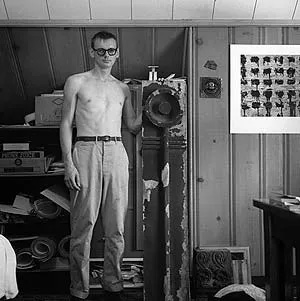Richard Nickel was an American architectural photographer and preservationist best known for documenting and preserving historic architecture, particularly the works of renowned architect Louis Sullivan. Nickel, who was born on May 31, 1928, in Chicago, Illinois, developed an early interest in photography and architecture.
Nickel began documenting Chicago's architectural legacy in the 1950s and 1960s, focusing on buildings designed by Louis Sullivan, one of the forefathers of modern American architecture. His photographs captured Sullivan's buildings' intricate details, ornamental features, and craftsmanship, highlighting their beauty and significance.
During the mid-twentieth century, Nickel became increasingly concerned about the destruction and neglect of historic buildings in Chicago. He understood the significance of architectural preservation and saw photography as a means of raising awareness about the need to protect these structures.
Nickel actively advocated for the preservation of historic buildings in addition to his photography. He campaigned against the demolition of Sullivan's iconic Chicago Stock Exchange Building, which, despite his efforts, was demolished in 1972. Nickel's photographs of the building, as well as his writings on the subject, raised public awareness of the loss and inspired the Chicago preservation movement.
On April 13, 1972, Richard Nickel was killed while photographing the ruins of the Chicago Stock Exchange Building, which was being demolished. Despite his untimely death, his legacy was preserved and exhibited posthumously through his photographs.
Nickel's work had a significant impact on architectural preservation and historic building appreciation. His photographs captured not only the physical structures of the buildings, but also their spirit and essence, revealing their historical and cultural significance. His dedication to architectural preservation continues to inspire individuals and organizations working to protect our architectural heritage.
Richard Nickel's contributions as a photographer and preservationist serve as a reminder of how important it is to document and cherish our architectural treasures so that future generations can appreciate and learn from them.
Selected Books on

